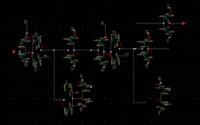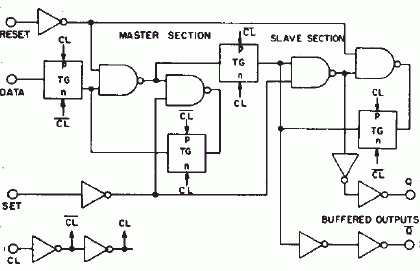Prashanthanilm
Full Member level 5

- Joined
- Aug 24, 2012
- Messages
- 302
- Helped
- 36
- Reputation
- 72
- Reaction score
- 36
- Trophy points
- 1,308
- Activity points
- 2,950
Hi,
What is the need of transmission gate in FF?
I mean rather than clock signal (transparent and non-transparent).
What if I don't put TG in my feedback circuit. How it will effect my schematics performance?
Thank you,
Prashanth
What is the need of transmission gate in FF?
I mean rather than clock signal (transparent and non-transparent).
What if I don't put TG in my feedback circuit. How it will effect my schematics performance?
Thank you,
Prashanth





